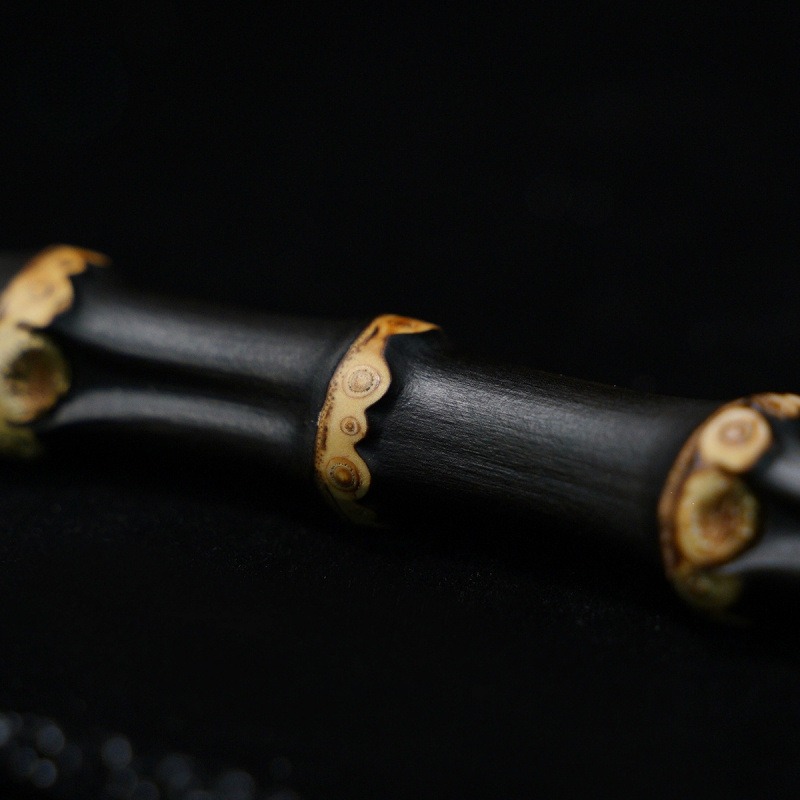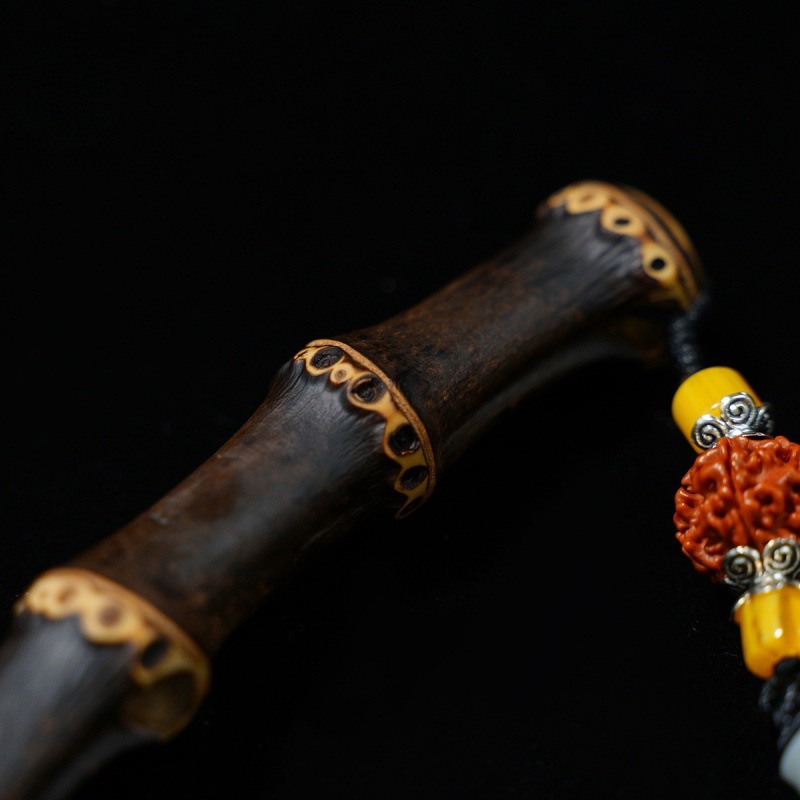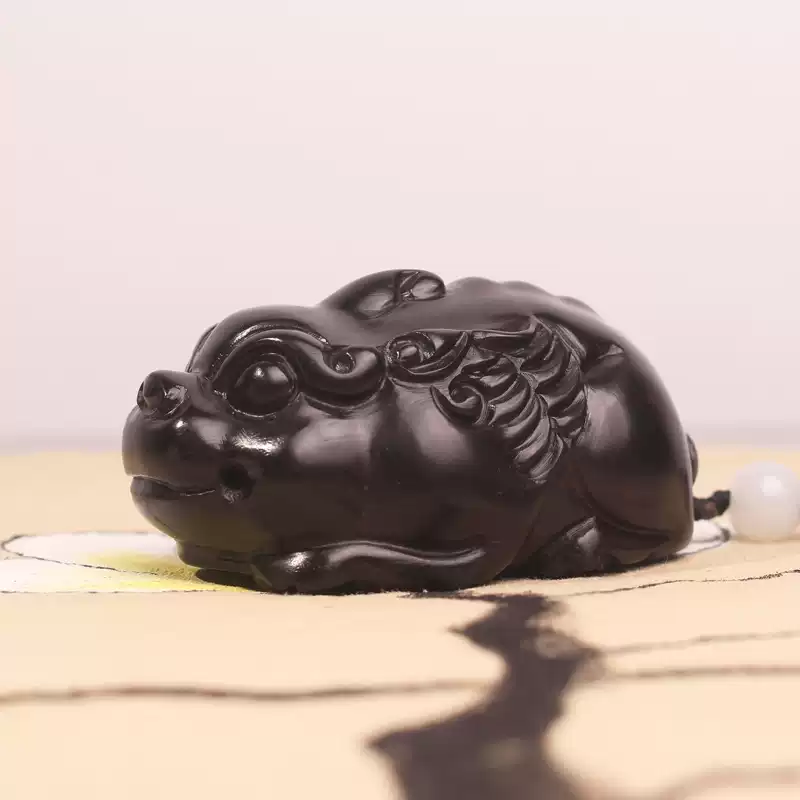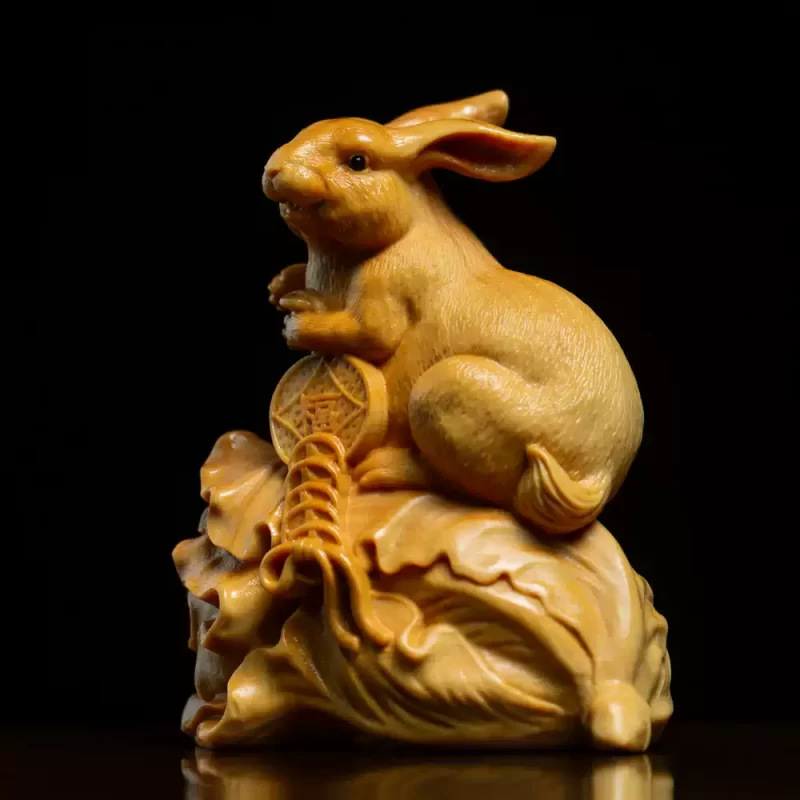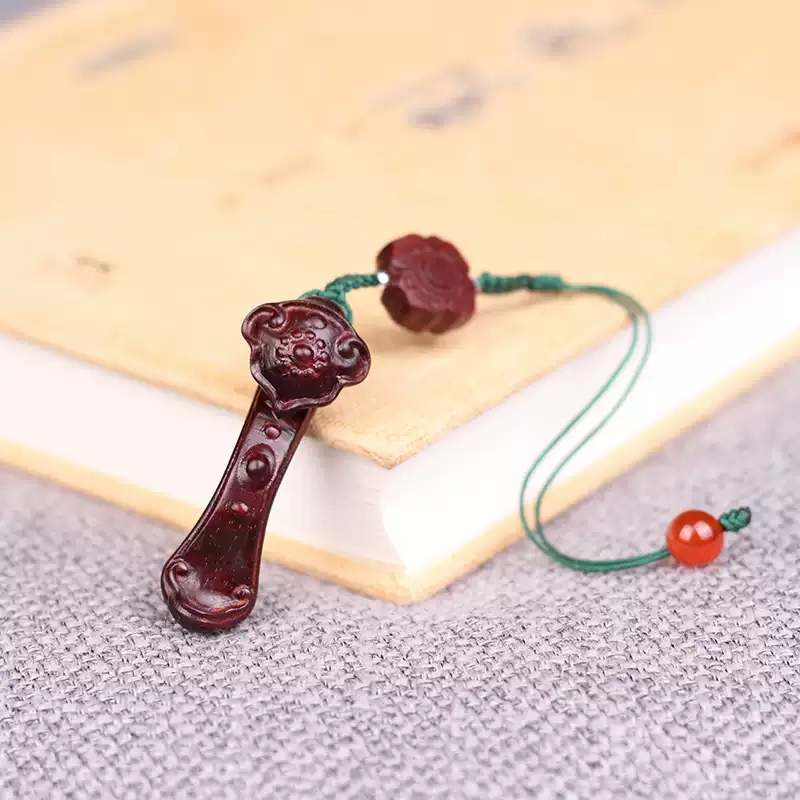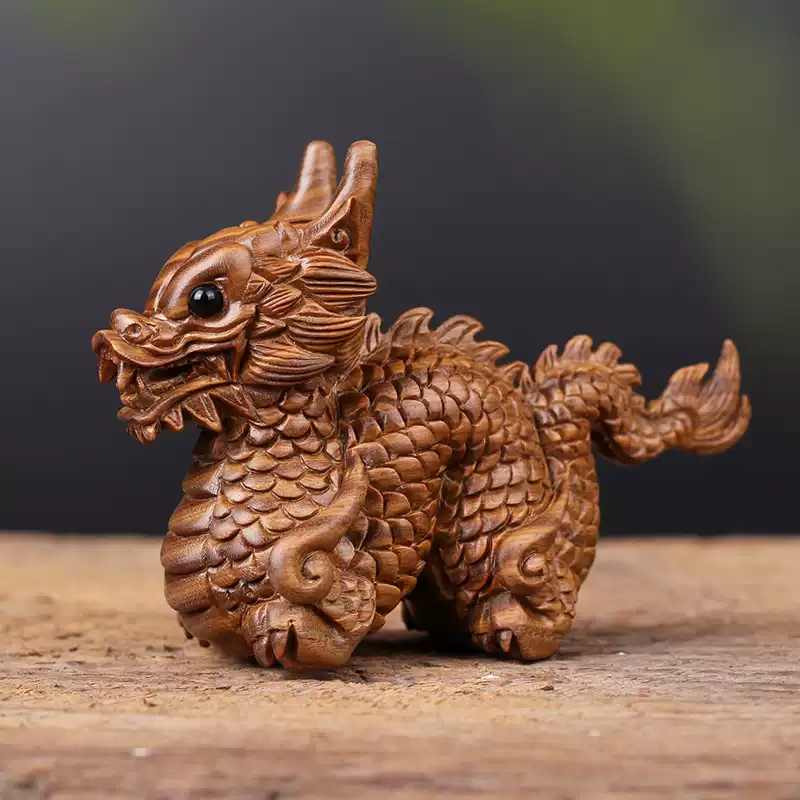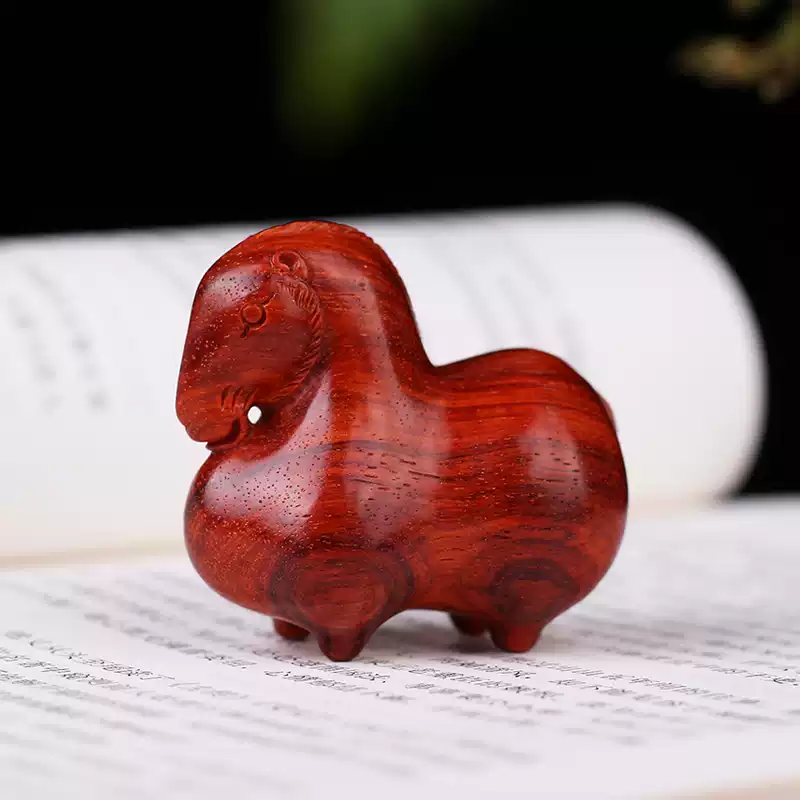Description
Authentic Purple Bamboo Root, Chicken Blood Vine Handle
Material: Chicken Blood Vine Wood
Size: Diameter about 1.3cm, length about 12cm/15cm
Color: pattern, black
Shape: straight, curved
Introduction to Spatholobus (Jixueteng)
Spatholobus, also known as “Red Vein Nourisher” or “Blood Wind Vine,” is the dried vine stem of Millettia speciosa, a plant belonging to the Fabaceae family. It earns its name from the bright red sap that oozes out when the stem is cut, resembling chicken blood. This article will take you into the fascinating world of Spatholobus, exploring its medicinal value, growth characteristics, and applications in modern medicine.

Spatholobus is an evergreen woody vine with dark purple-green stems and grayish-white lenticels. Its main roots are yellowish-brown, and the cross-section reveals a dark purple hue. The leaves are papery, elliptical, or ovate-elliptical in shape, with unisexual flowers on the same plant and nearly spherical aggregate fruits. Spatholobus typically grows in forests, along roadsides, in shrublands, on slopes, and near ponds at altitudes below 1,800 meters. It is primarily distributed in China’s Yunnan, Hubei, Anhui, Hunan, Sichuan, Guangxi, and Fujian provinces, as well as in northeastern Myanmar. The plant thrives in cool, humid environments and prefers to climb other trees, forming lush green vine curtains that add vitality to forests.
In traditional Chinese medicine, Spatholobus is revered as a potent blood tonic. It is rich in iron and various bioactive compounds, such as tannins and flavonoids, which help promote hemoglobin synthesis and enhance blood oxygen-carrying capacity, thereby alleviating anemia symptoms. Clinical studies have shown that Spatholobus decoction significantly improves iron-deficiency anemia in mouse models, validating its long-standing reputation as an effective folk remedy for blood replenishment. It is particularly beneficial for women experiencing anemia due to heavy menstrual bleeding, menopause, or other related conditions.




